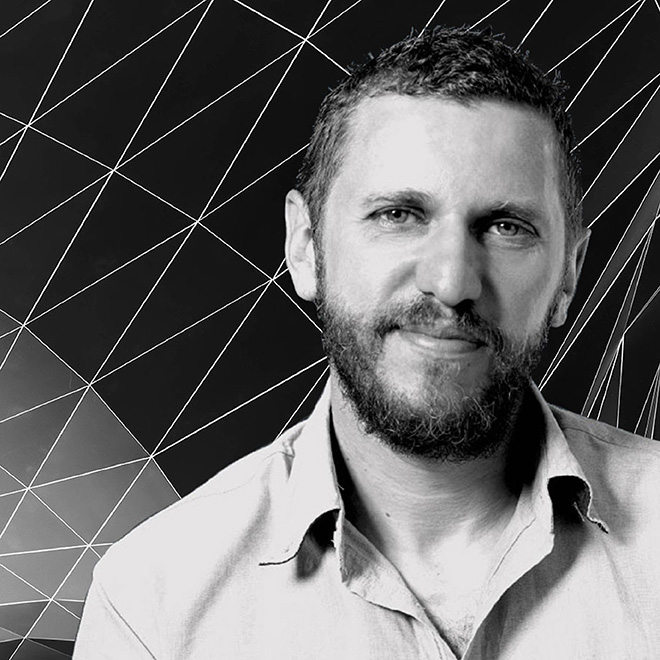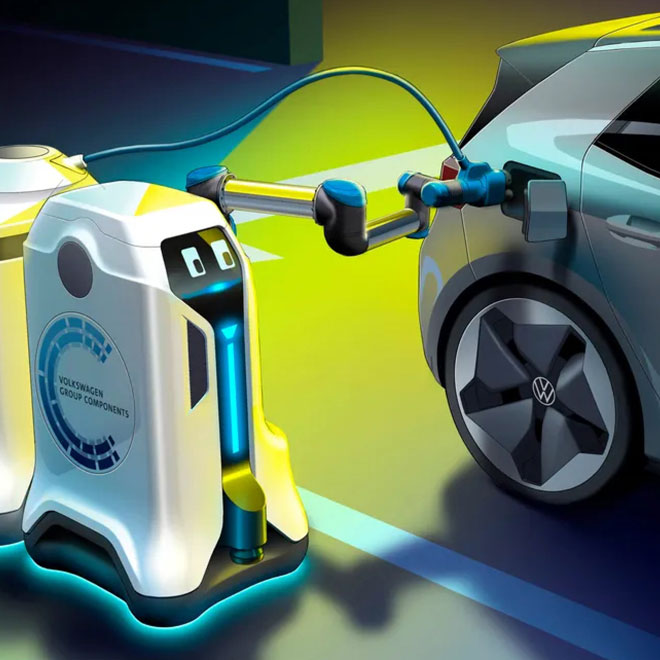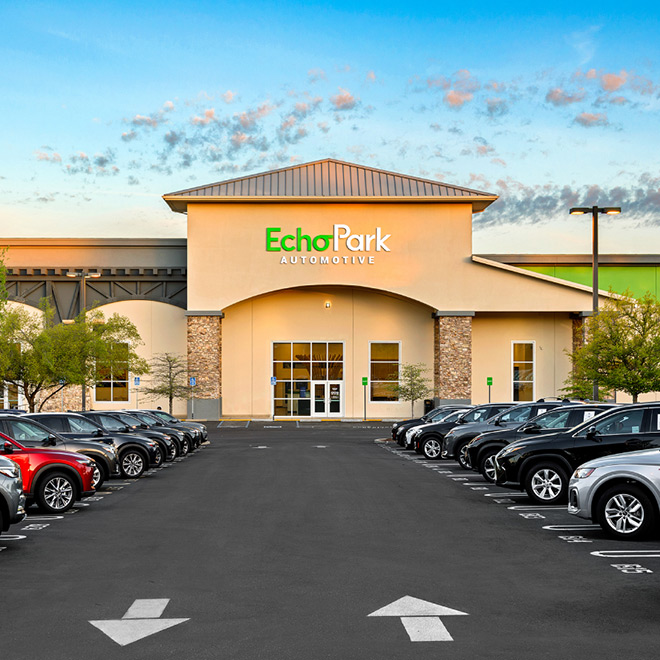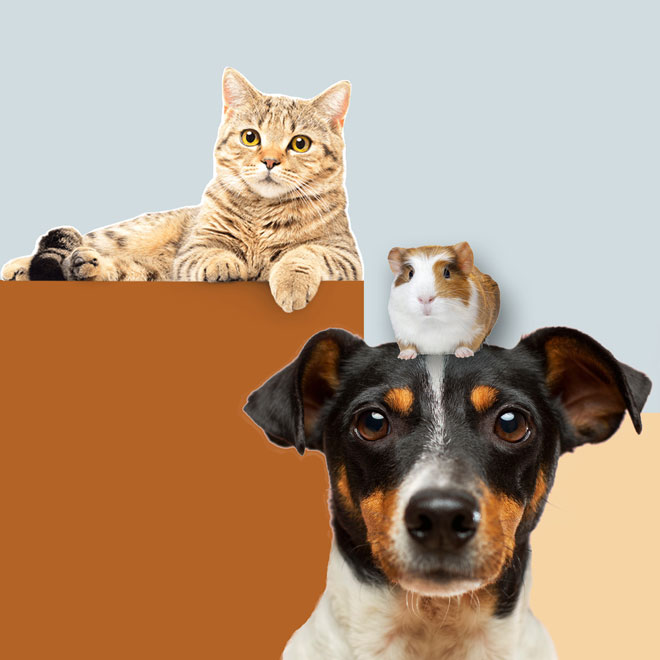
Brit-and-Mortar Retail: An Interview with Toby Barnes
Estimated Read Time: 6 - 7 Minutes
We had the privilege to sit down with Toby Barnes, Retail Futurist and Former Nike Executive, for an in-depth discussion on the evolving landscape of retail. Our conversation delved into his experiences at Nike and the concept of being truly "digital first" for brands. You can listen to the entire interview on the WDCast episode Brit-and-Mortar Retail (did we mention he’s from the UK?) found here but first, check out this snippet of our conversation with him below.
The interview has been edited for length and context.
Lee Peterson, EVP Thought Leadership at WD Partners:
Today, we have with us somebody who is an expert in the world of digital and physical, Toby Barnes. Toby, how are you today?Toby Barnes, Retail Futurist and Former Nike Exec:
I’m good. Thank you, Lee. Yeah, a little bit about my background, I spent a mixture of my career in brands and agencies and also run my own company. So back in 2000, I ran an innovation agency, mainly working in video games, I joined AKQA in 2012 and worked there until 2019. And then recently have been working for Nike until the end of last year.LP:
I’d like to hear your take on this. Now you don’t have to go to a store, you have to WANT to go to a store. And something like the Rapha cycling club makes me want to go there, because I can see some other cyclists, we can go on a ride together, we can do that type of thing. I think just about every retailer is going to have to figure that out for their brand, right?TB:
I think what’s going to happen is that for a lot of brands, they will have to really think about, what does retail mean to them. And what’s the difference between retail and a store. A store is a physical box, and you can put things in the box, but what COVID has done is accelerated the focus on the real function of retail. If I need to buy a mug or a watch, I can go online, I can find the thing and get it delivered to me, when I used to be able to go into the store and do that. So, I think then you start thinking about well, what does the store do? I think there’s going to be a need for some physicality of certain products. There will be places where you’ll need to go and touch and feel and try the products on. But I think ultimately for the majority of retailers, they really need to rethink what it is they deliver.

LP:
This makes me think of the Yeti store in Austin. As you walk in and look to the left they have a stage for musicians, they have a bar, but the thing that really struck me is they had a wall of all their coolers. There are digital screens to tap through and learn more about the cooler you’re interested in, plus, it’s self-functioning where I don’t have to get an employee unless I really need one. It gives me every single choice and tells me every single detail like I don’t have to rely on anything but myself.TB:
One project I worked on for a long time was the retail mode of the Nike app. Nike has a number of apps but one of the apps is more for commerce, yet it can become personalized to you. Like if you turn up in a store, it goes into “retail mode” because it knows you’re in the store. If you have things in your cart, it’ll say they are on the second floor, but it also enables you to scan products and find out more info. When we were going through and designing the functionality, we had to determine what is the role of the in-store athlete, that’s what we call the associates, if the customer is going around and scanning every product and find all the information yourself. These tools need to enable conversations with athletes (associates). So, what is the extra thing that’s going to get me in the store if I can spend time researching online? Associates can provide curation, additional content, another product recommendation that you didn’t know about. They are able to build that confidence that you’re getting the right products and build a much stronger relationship with another human being.LP:
That’s a good point. Because they can also tell you a story like, “I had this product, and it didn’t last as long as that one even though you’re looking at that one”, that type of information.TB:
And I think that it’s something that I’ve seen a few retailers do, when they’ve been applying digital in a store, they just slap screens around and they forget one of the reasons I like going to stores. Especially the Nike stores and their frontline athletes (associates) are incredible, listening to their stories and they actually knew more about the products than I think most of the corporate team does. So, I think it’s those in store associates, it’s so important to make sure that tools enable them to do their job rather than kind of take away from those relationships.

LP:
So given what we’ve talked about, is the future of a physical store really the employee more than anything else?TB:
I think the future of the store is no store. I think that what you’re going to see is retail break apart to its atomic parts. So, take the example of Yeti; I can go to a bar, which plays music and has that same sense of brand affinity that I have, because I’m an outdoors guy and they’re an outdoors company and I can also buy something. Beyond just Tik Tok purchasing and Instagram purchasing, a lot of times in China, you’re seeing video shopping apps themselves. You follow somebody, you build up an audience, you follow this person, she may be going to a beauty store and buying beauty products. And then she offers you a code to get more products. She’s not working for the brand. She’s working for herself. But she’s taking a cut of all the product. I mean what is that? What kind of retail is that?

I think that retail really is going to be really broken down to those atomic parts. And there’s going to be times when, you know, I can push this altogether. And the classic, I don’t have to go to five stores I can get it all at one store, that’s still going to work for a lot of people. But I think each brand and each company will really need to take the time and say, what is it that we do? And how does it fit the consumer.
LP:
You know, I was thinking about that same thing and trying to figure out a way to measure that with consumers about work from home because to me, the biggest disrupter of the pandemic was really more about working from home because suddenly you’ve got everybody spread out all around the country. People don’t necessarily have to or can’t congregate in one shopping area. So they need to do it around home. And if what you’re saying comes to life, you know that it’s broken apart in 1,000 pieces, then what you’re saying also is that retail is going to have to figure out how to get to the customer wherever they are which is not going to be in one focused area anymore.TB:
I think that’s absolutely right, and you look at kind of why malls happened, because people got cars and because suddenly, we can go to these places. I think those insights and those trends, as they shift, means that the infrastructure is going to shift and go to where people are whether that’s on your phone or when you’re out and about. In Portland we have a lot of food carts, I don’t know. I think they’re really interesting in that they enable businesses to scale up really, really quickly. But also, the fact that they can move around and be mobile means that they can be where they need to be rather than necessarily just a fixed location, which you may or may not be going into town for anymore.LP:
It’s funny how stuff comes around like an ice cream truck and a milkman, bringing everything to your doorstep.TB:
We had a joke in the UK in the 1970s when we grew up, they had electric vehicles. These milk floats were electric because they didn’t need to go very fast. They had a subscription service because you paid once a month and they delivered product to your door, you could get eggs, orange juice, milk and all of the products came in recyclable containers. So this glass milk bottle driven in an electric vehicle but with a guy that had a personal relationship with you that you would always say hi to and a subscription service, which that’s like the best business model in 2021. And they had it in the 70s.
Did you read that entire interview with an accent? Perfect!
Interested in what else Toby has to say? Even better!
Check out part 2 of our conversation with Toby in this WDCast episode.




